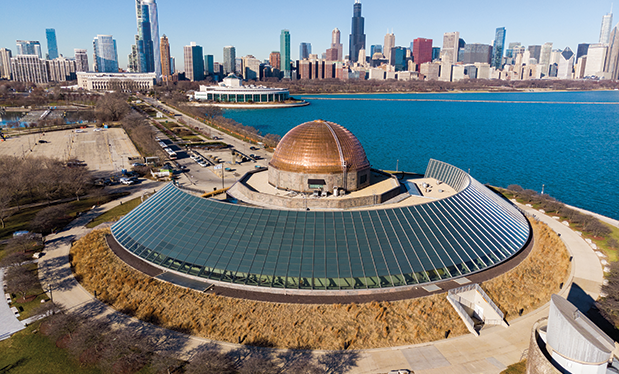New U.S. solar installations decreased in 2022
In December 2022, the Solar Energy Industries Association and research firm Wood Mackenzie, Edinburgh, U.K., forecasted new U.S. solar installations were on track to fall by 23% to 18.6 gigawatts by the end of 2022, according to reuters.com. Solar panel imports have stalled because of a ban on goods from China’s Xinjiang region because of forced labor concerns.
The news comes as solar companies look to take advantage of subsidies in the Inflation Reduction Act, a new law that encourages clean energy technologies to address climate change.
The report predicted utility-scale project installations would contract by 40% in 2022 compared with 2021 to 10.3 GW. Big projects for utilities and other large customers make up the largest portion of the U.S. solar market. Commercial and community installations also were expected to decline, but the residential market was expected to increase 37%.
The report also forecasts supply issues are expected to last until the second half of 2023 and delay the effects of the Inflation Reduction Act.
The report predicts the market will return to growth in 2023, with average annual increases of 21% between 2023 and 2027.
ERA recommends revised approach to mitigate urban heat island effect
Based on the findings of two recent studies, the EPDM Roofing Association recommends federal, state and local governments as well as regulatory bodies pause the development and implementation of reflective roofing and “cool” roofing mandates. The studies attempted to measure the efficacy of reflective or cool roofing as a mitigation strategy against the urban heat island effect. The findings revealed complex and inconsistent temperature assessment protocols are being used in virtually all urban heat island effect evaluations, making comparisons of efficacy problematic.
For the initial study, ERA contracted with ICF, a Reston, Va.-based independent consulting firm with experience in climate change and building science. ICF analyzed existing data and previous studies about the urban heat island effect with specific focus on the measurable effects of the roof albedo of low-slope roofing. ICF’s analysis of temperature data for cities with cool roof mandates found no discernible correlation between the imposition of cool roof mandates and a reduction in the urban heat island effect.
To further inform the findings of the initial study, ERA commissioned a companion literature review, working with the Department of Construction Science and Management at Clemson University, Clemson, S.C.
According to Clemson University researchers, the literature review exposed the reasons there is no clear answer about the relationship of the urban heat island effect and energy efficiency. First, the results of these studies varied because the effect of cool roofs is influenced by a range of factors such as roof type, climate and location. The studies also varied data capture and analysis, reliance on simulation-based studies and minimal data capture duration. Other factors potentially influencing varying outcomes included consideration of a “heat penalty” during the winter season and the interaction of different building heights. Additionally, there was no consistent comparison of the effect of urban tree canopy, roofs, hardscape, asphalt surfaces and insulation thickness.
According to Dhaval Gajjar, Ph.D., assistant professor and undergraduate program director at Clemson University and a primary researcher on the project: “In many instances, more recent studies based their conclusions and recommendations on widely distributed prior studies, which now must be considered dated or incomplete information given more updated research.”
“Both of the ERA studies exposed inconsistencies in measuring the impact of reflective roofing on the severity of the urban heat island effect, as well as on the amount of energy being used,” says Jason Wilen, forensic architect at Klein & Hoffman, Chicago, and technical consultant with ERA. “Our focus, as we consider policies that are designed to lead us to a future where the urban heat island effect can be managed and even diminished, must be based on science, not supposition.”



